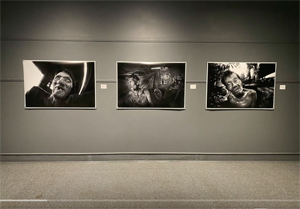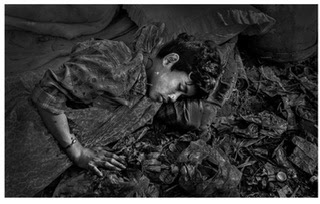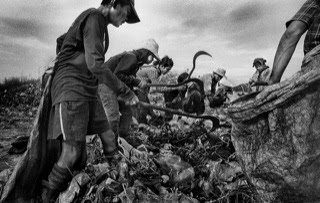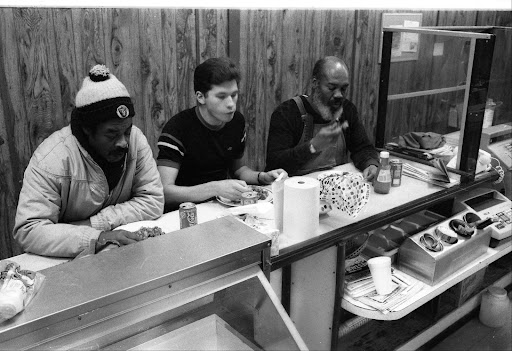from Facebook...
I got a shipment of old ambrotypes today. Bought all of them in a bulk buy for $48 USD. My hope is to look into the past to help my future path in wet plate.
One of the biggest questions I have is how to provide the black needed to see a clear glass ambrotype. My goal is to reverse the image and archivally protect it. The look of tintypes is nice as is the look of black glass (unreserved shots) but looking THROUGH the glass at an subject that seems to be captures inside is special, so that is my goal, to do those type images to the best effect.
The photos from today's buy get the black done in different ways, some modern attempts. They include:
- plate painted with felt pens (modern owner no doubt)
- a separate asphaltumed or painted piece of glass behind the main glass with the varnished colodion image.
- a piece of dark material glued onto the back of the plate.
- asphaltum painted plates on the entire back.
- asphaltum painted on parts of the entire back
- black glass
- One of the plate incorporates 2 paces of clear glass for protection.
It seems many photogs back in the day did things in their own unique way.
My possible options moving forward include:
- black velvet behind the glass, in a frame set up of some kind
- asphaltum painted alone on the collodion (probably not archival)
- asphaltum painted onto the collodion after the plate has been varnished
- using black glass
- Using lampblack powder mixed into the varnish
I think I will probably go with the lampblack or the velvet at this stage or maybe a variation of asphaltum powder mix after varnising (if that will work). I want to make photos that could last several 100 years without degrading. The pics will probably be thrown in the dumpster long before that, but still got to try!

































